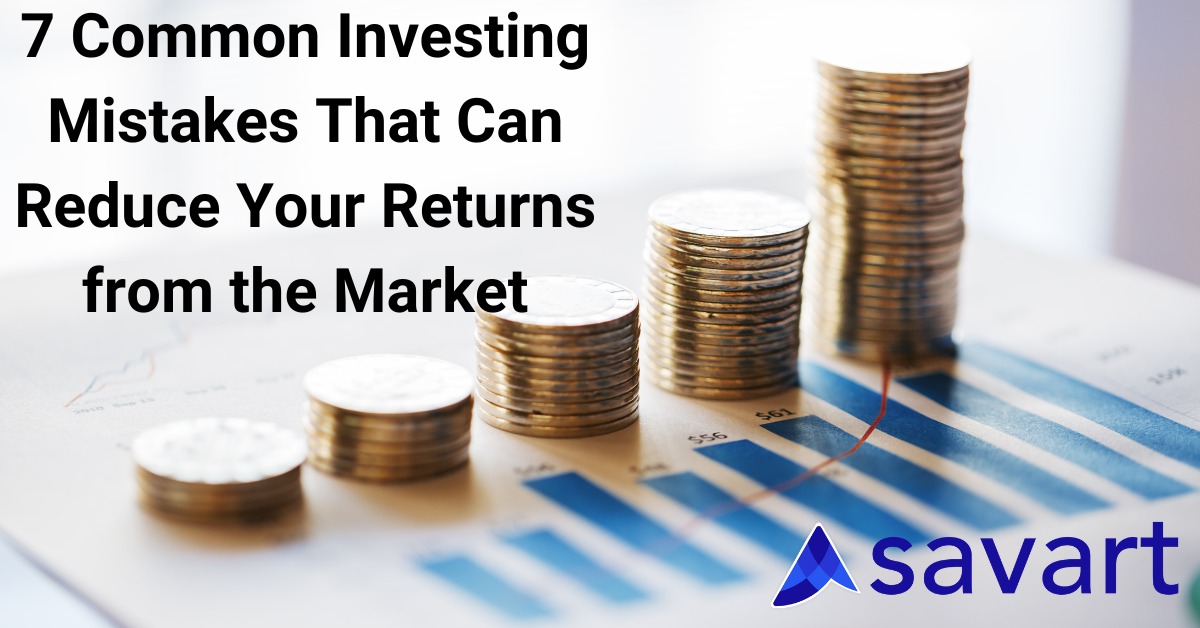The Difference Between The Best Performing ELSS Funds and The Not So Good Ones Can Be Over 50%: Here Are The Best Performing ELSS Funds

Equity-linked Savings Scheme (ELSS) funds are already touted as the best methods to save taxes. Read this article till the end to understand how you can use ELSS to your benefit. We will tell you how you can save up to INR 48,000 in taxes, and at the same time grow your investment by about 15% to 20% annually. This is enough for you to retire as a wealthy individual!
Even among ELSS funds, there are some good ones and some bad ones, and it is important for investors to understand which are the best ELSS funds to invest in so that they can maximize their returns with their investment, while they save on taxes as well. Below are the best funds you must consider investing in.
Disclaimer: The following does not constitute a recommendation. All financial assets come with market risk and investors are requested to read offer documents carefully.
- Canara Rob Equity Tax Saver Fund(G)-Direct Plan
This fund has most of its constituents in Indian equities, with more than 60% being large-cap stocks, that offer good, consistent returns over the long term. Over 10% is invested in mid-cap stocks, with the rest going to small-cap stocks. This fund has given 17.8% in returns since inception on a CAGR basis.
- SBI Tax Advantage Fund-III(G)-Direct Plan
This fund’s net asset value is just over 61 rupees as of Jan 20, 2022. This fund gives an annualized growth rate of about 38% over a three-year period. The fund constitutes over 90% on equity and about 10% of the debt, giving it a good mix. This fund has returned nearly 26% on a CAGR basis since it was launched.
- Axis Long Term Equity Fund(G)-Direct Plan
This fund has outperformed the Nifty in terms of growth since the fund’s inception. The fund has given over 20% gains since its formation compared to Nifty’s returns of over 6% during that period. Nearly two-thirds of this fund contains large-cap stocks. This fund’s CAGR return is about 20%.
- Aditya Birla SL Tax Relief ’96(G)-Direct Plan
This fund has a large investment in mid-cap stocks, which constitute about 38% of the fund. However, large-cap stocks also have a good representation of over 45%. That said, the largest chunk of investments is made into mid and small-cap stocks, that makeup over 50% of the fund’s constituents. This fund is better for those seeking higher returns at a higher risk profile. This fund has given about 16% in CAGR returns.
These details are generated by Savart’s proprietary system, Vantage, which has crunched the numbers to bring to you the top-performing ELSS funds, so you can maximize gains and save on taxes.
If you notice, all the funds listed here are direct funds and not regular funds. This is because Savart never recommends a regular mutual fund. We believe in staying invested for the long term, and direct plans offer you the most substantial returns if you are invested for the long term. Savart believes in ethical investing, and we are transparent in our information to our investors.
PRO TIP: We at Savart have always preached the benefits of long-term investing to everyone. We believe that any investor who stays put for a long period of time will certainly be able to make a good profit from the stock market and build a decent corpus of wealth. We believe that every investor must hold on to an equity-based stock or mutual fund in their portfolio for at least five years to reap rich benefits from them.
The Best And Worst Case Scenarios Of ELSS Investing With Vantage
Now that you know which are the top performing ELSS funds, let’s tell you how you can maximize your gains from any one of these funds.
Let’s say you want to save taxes for up to INR 1.5 lakh during a given financial year. You want to do this in monthly installments, which means you will invest INR 12,500 each month in the ELSS fund through SIPs. Let’s assume you have chosen SBI Tax Advantage Fund-III(G)-Direct Planas your preferred investment.
This fund, according to market data, has given a CAGR of about 26% since inception. Now, If you started investing INR 12,500 every month three years ago and kept investing each month, you would have made returns of over INR 25 crore if you start investing when you are 30 years old and invested till you are 60. You can retire in peace with that amount.
This is the best case. In the alternate scenario, let’s take the fund that has performed the least among the five funds listed there, which is Aditya Birla SL Tax Relief ’96(G)-Direct Plan. This fund has a CAGR of 12% since its launch. If you were to invest INR12,500 each month in this stock, you can still make gains of nearly INR 12.5 crore on your investment amount over a period of 30 years.
Trivia: CAGR stands for Compounded Annual Growth Rate. It is one of the most effective ways of calculating how much returns you can get from your investments.
Whether you have picked the best or worst fund from the lot we have given, you will still be able to earn a substantial corpus of wealth in the long term. Therefore you must invest early, stay invested and keep investing for as long as you can.
However, market forces are in play and your fund may not perform the same way every year, therefore you need to diversify your portfolio with different assets such as stocks, bonds, and other assets as well. Savart can advise you with the right portfolio that meets your budget and financial needs.
Savart Can Help
You can start investing with Savart for as little as INT 500 every month, we will customize your portfolio to maximize returns. You can also invest in ELSS funds with our help. Just request advice and select ELSS as your preferred investment option.
To start investing with Savart today. Just download our app from the Play Store or App Store and sign up for our services. You can watch a walkthrough video of our app here. If you have any questions, you can request a call back from our team here and we’ll be delighted to help.
-

Individual investors engage in stock market activity for a variety of reasons, e.g., long-term gains, short-term gratification, experiencing daily highs/lows, learning, applying intellectual strategies, etc. Their approaches to achieving these objectives can be broadly classified as active or passive in terms of the time spent analyzing the markets and their frequency of transactions. Let’s understand […]
-

7 Common Investing Mistakes That Can Reduce Your Returns from the Market Investing is an exciting experience. But it can also overwhelm people, especially those who are starting afresh. By their very nature, stock markets go up and down – disciplined investors understand this, and develop strategies to reduce their risks during market lows (as […]

